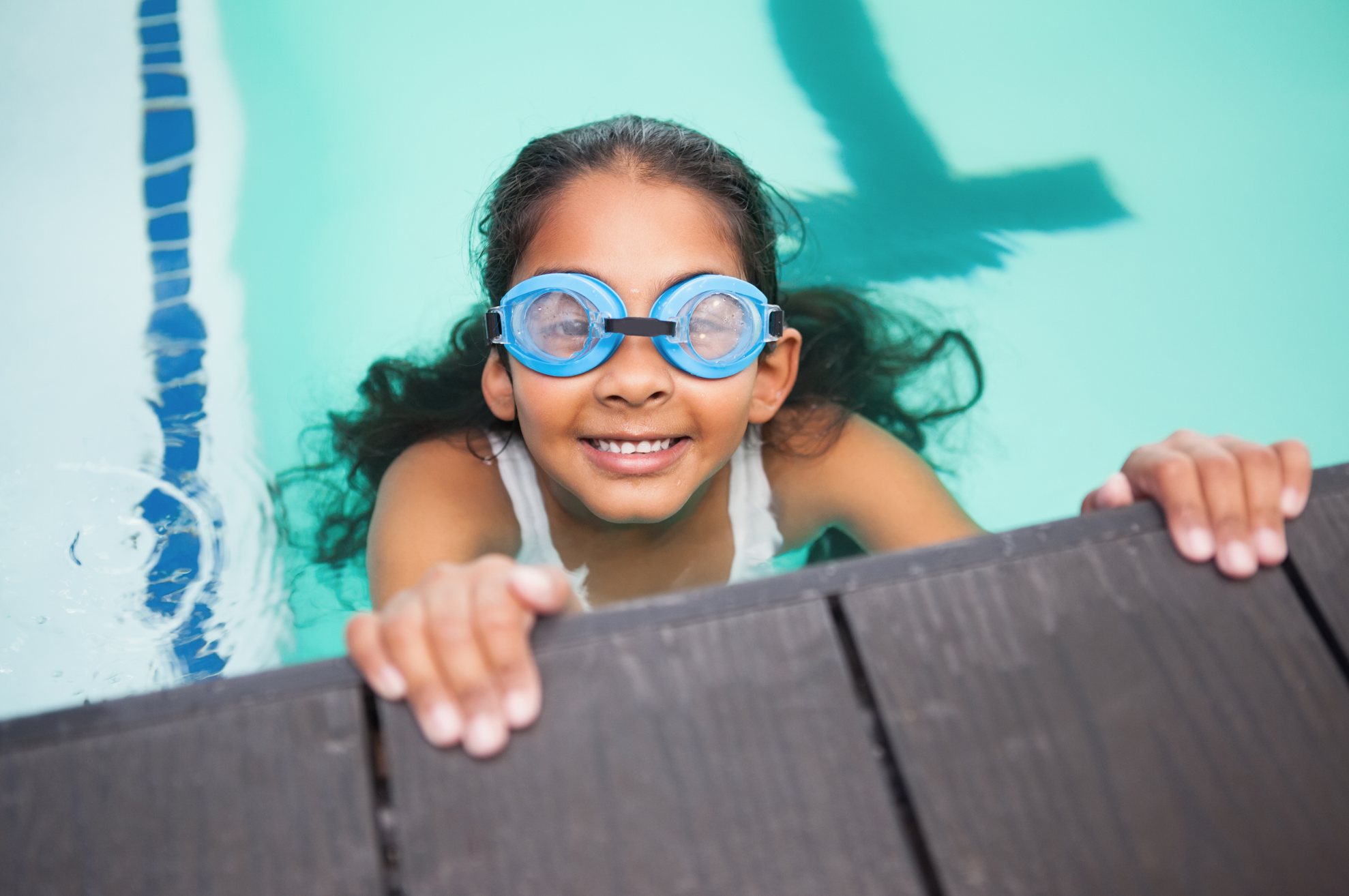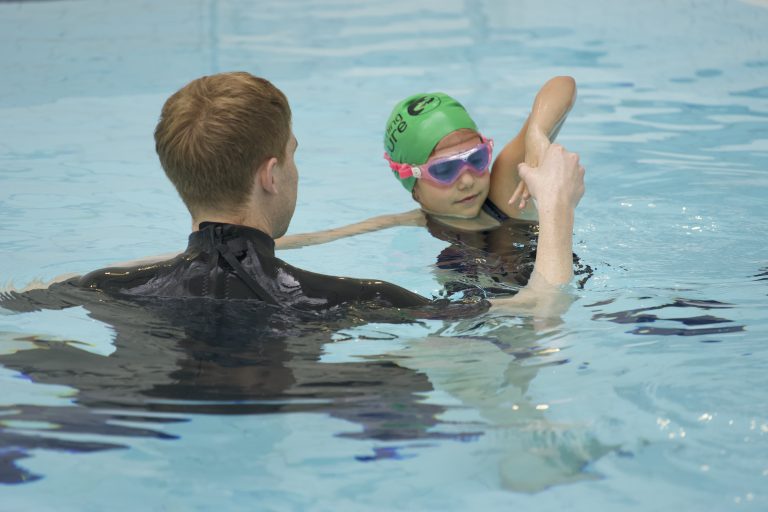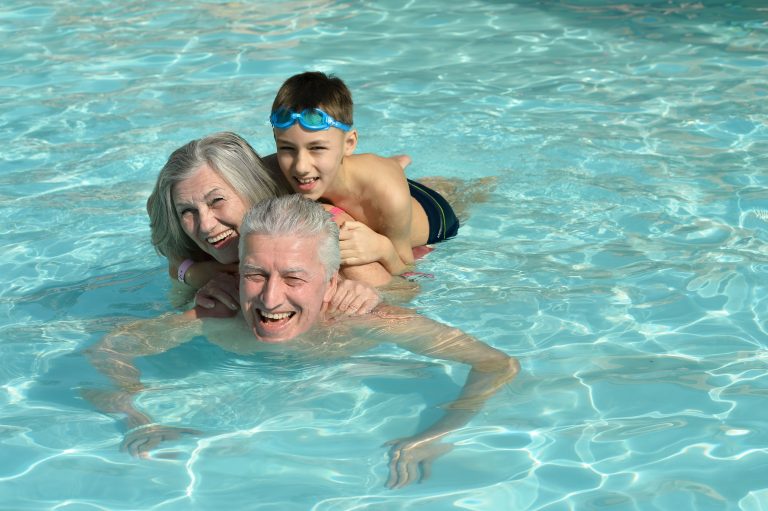It all starts with water confidence. One major obstacle preventing children and adults from learning to swim is a fear of the water, which has a habit of being passed down through generations.
Water confidence is essential for swimmers of all levels, from beginners to seasoned competitors. It involves not just the ability to swim confidently but also a sense of security and comfort while in the water. Improving water confidence can enhance performance, ensure safety, and increase the enjoyment of various water-related activities. That’s why we’ve put together this quick guide on boosting swimmers’ water confidence while also including general tips to help anyone feel more at ease in aquatic environments.
Understanding Water Confidence
Before we discuss specific strategies to improve water confidence, it is important to understand what it is. Water confidence isn’t simply the ability to swim. In fact, in theory, you could be a solid swimmer but have low confidence while doing it.
Real water confidence comes from being able to glide effortlessly through the water because you feel psychologically comfortable in it. It means that you are calm and collected should any incident occur.
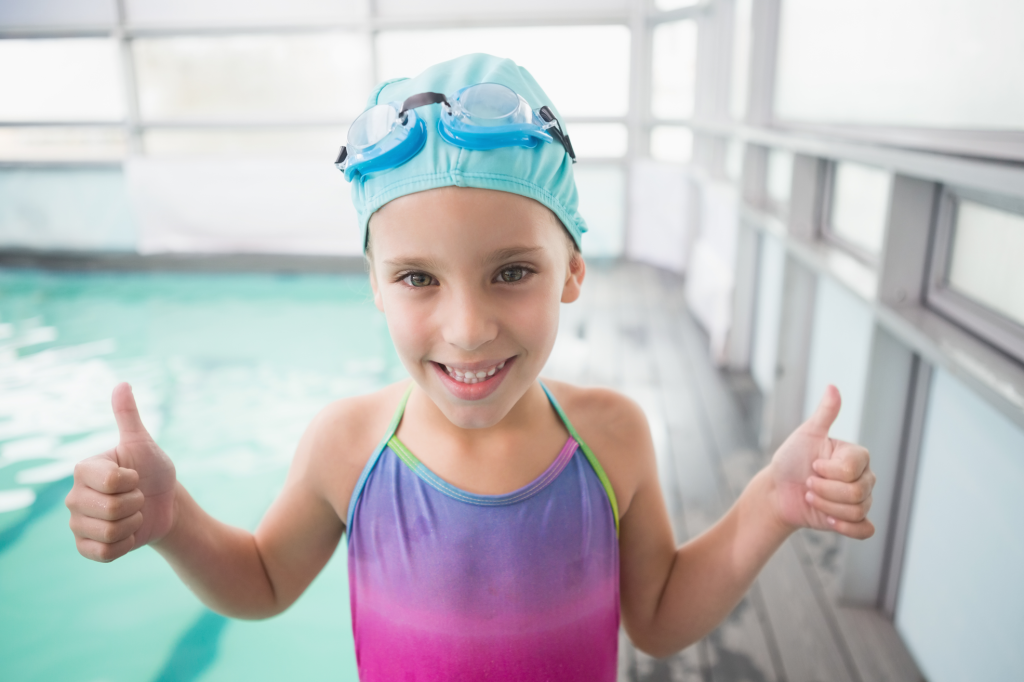
For Beginners: Basic Steps to Build Confidence
1. Familiarization with Water
Start by getting comfortable with water. This can be done in a shallow pool where one can stand comfortably. Spend time sitting at the pool’s edge, dangling your feet in the water, and gradually moving to activities like splashing water on your face, blowing bubbles, and, eventually, submerging your face and head.
For children, it’s always good to introduce some basic water safety skills early on once they become more comfortable with water. Teach them how to slide into a pool and climb out, as well as generally rules like no running next to the pool.
2. Learn Proper Breathing Techniques
Breathing plays a crucial role in swimming and in building water confidence. Practice breathing exercises on land first, then in water. Learn to breathe slowly and deeply and practice exhaling into the water, a fundamental swimming skill.
3. Take Swimming Lessons
Professional swimming lessons are invaluable. Certified instructors can provide the correct techniques and progressive learning strategies tailored to individual needs. Lessons also ensure that beginners learn in a safe environment, which is crucial for building confidence.Group classes aren’t for everybody, and private classes can be the difference between confidently kicking on with your swimming or crashing and burning. Swimming Nature is the country’s leading provider of private 1:1 or 1:2 swim classes, and we put water confidence at the front and centre. We don’t start teaching swimming strokes until our students are comfortable in the water and ready to move on to the next stage.
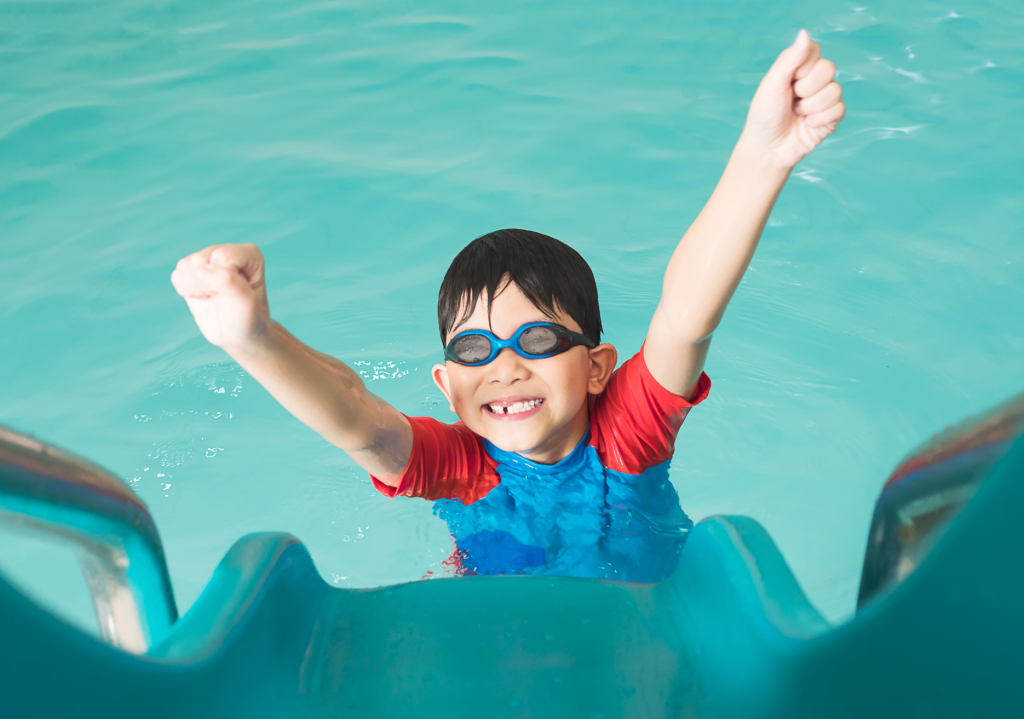
Intermediate Techniques: Enhancing Skills and Comfort
1. Gradual Deep Water Exposure
Once comfortable in shallow water, gradually transition to deeper water. This should be done under supervision, incrementally increasing the depth as confidence grows. Learning how to float, tread water, and perform basic strokes in deeper water can significantly boost confidence.
2. Practice Regularly
Consistency is key in any form of learning. Regular practice helps reinforce skills, improve endurance, and increase comfort levels in the water. Set a routine for practice sessions and progressively challenge yourself to swim in different water conditions and styles.
3. Use Positive Reinforcement
Celebrate small victories and set achievable goals. Positive reinforcement can motivate and help overcome fears. Keep a record of progress, no matter how small, to visualise improvement over time.
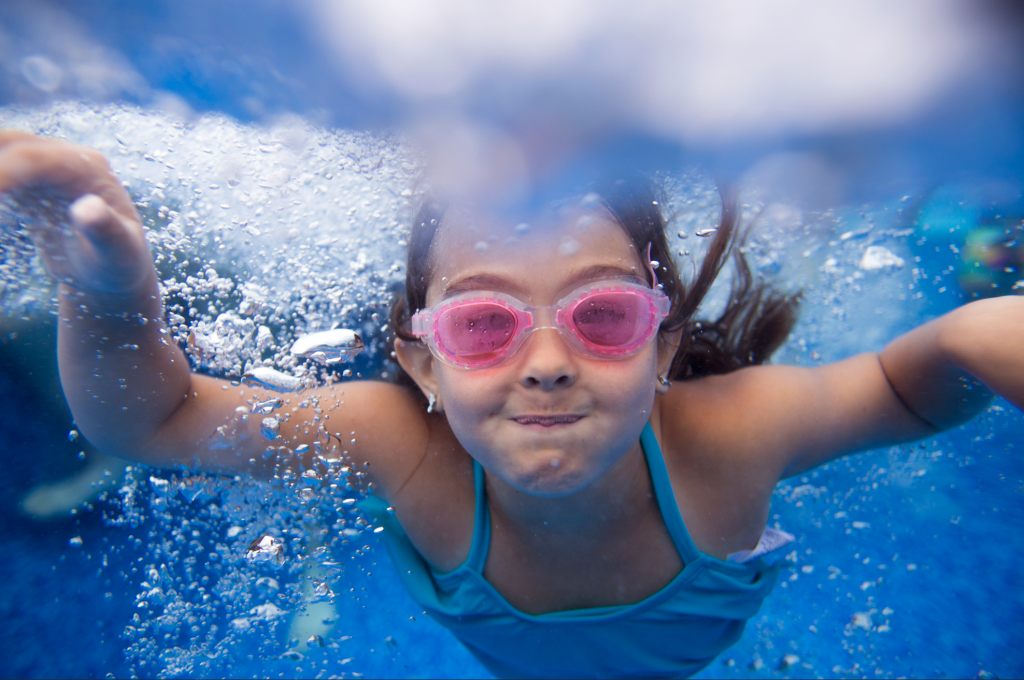
Advanced Strategies: Mastering Self-Rescue and Diverse Conditions
1. Learn Self-Rescue Techniques
Knowing how to handle emergencies increases water confidence. Learn skills like floating, treading water for extended periods, and basic lifesaving techniques. These skills are crucial not only for safety but also for feeling secure in any water environment.
2. Swim in Various Conditions
To truly build water confidence, practice swimming in different settings, such as lakes, oceans, and rivers under controlled and safe conditions. This helps acclimate to various water movements, temperatures, and depths.
3. Mental Conditioning
Water confidence is not just about physical skills; mental conditioning plays a significant role. Techniques such as visualisation, meditation, and setting personal affirmations can help manage anxiety and foster a positive mindset towards swimming and water activities.
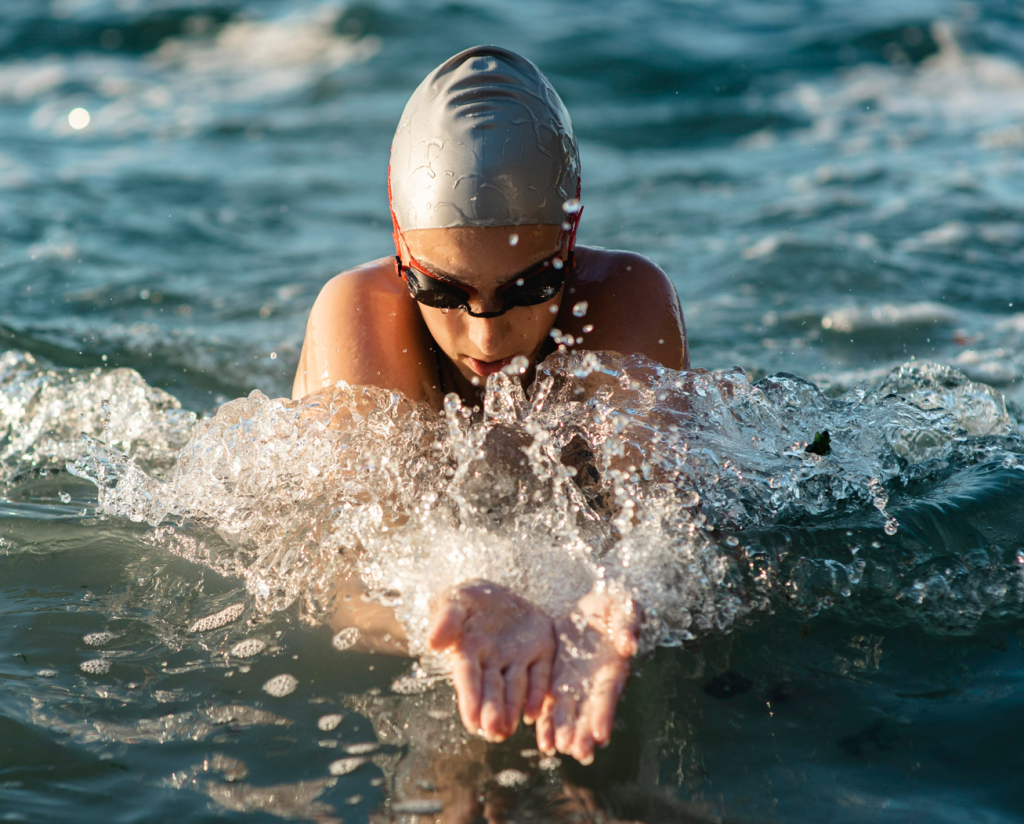
General Tips for Everyone
1. Stay Calm
Always approach water with a calm mind. Panic can lead to rapid energy exhaustion and increased risk of accidents. Practice calming exercises before entering the water.
2. Know Your Limits
Understanding and respecting your limits in water is crucial. Gradually extend these limits as you gain more skills and confidence, but always remain within a safe boundary.
3. Safety First
Always prioritize safety by swimming in designated areas, using appropriate swimming aids if necessary, and never swimming alone. Understanding and adhering to basic safety guidelines can prevent accidents and enhance confidence.
Water Confidence For Life
Improving water confidence is a gradual process that involves acquiring physical skills, practicing regularly, and developing psychological resilience. Whether you are a beginner swimmer or someone simply looking to feel more comfortable in the water, the strategies outlined here can help you build confidence, enhance safety, and increase your enjoyment of water activities. Swimming lessons are always a vital part of building water confidence, so make this year the year you banish those fears. Swimming Nature has taught thousands to love the water and feel confident in it, so get in contact today, and become water confident for life.
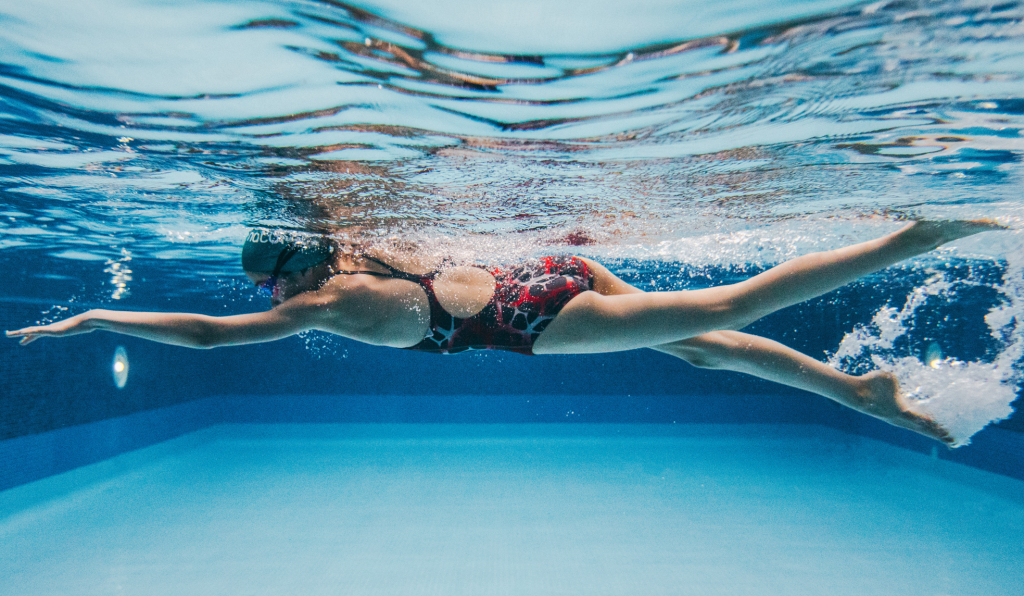

 LOG IN
LOG IN
 CONTACT US
CONTACT US
